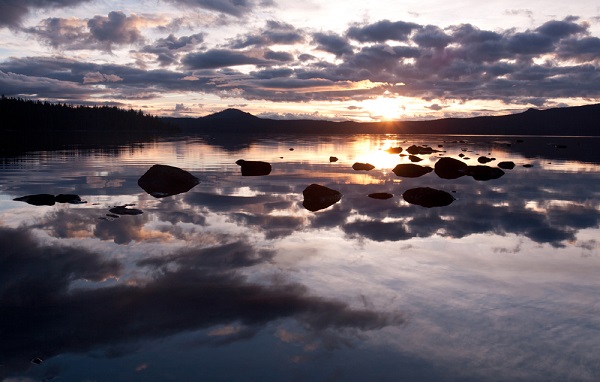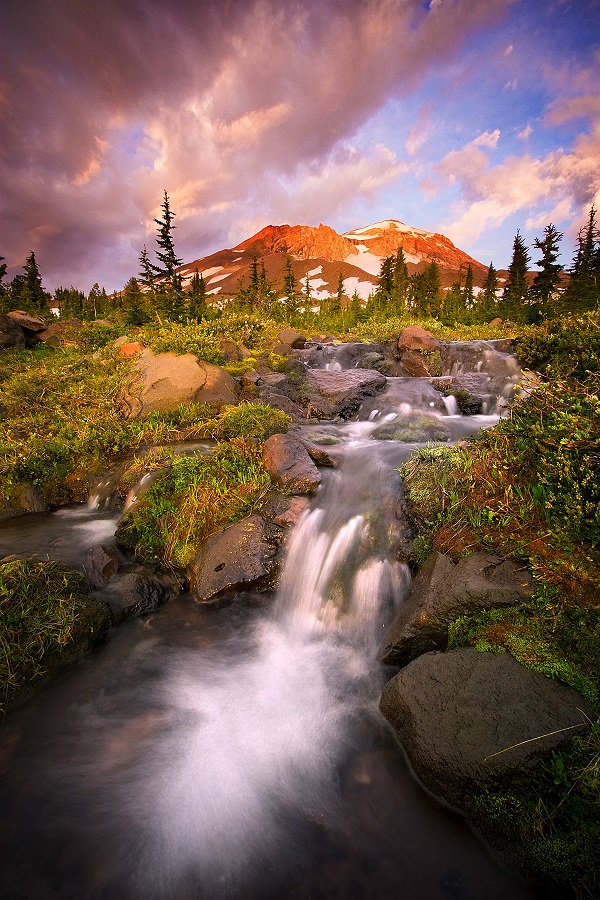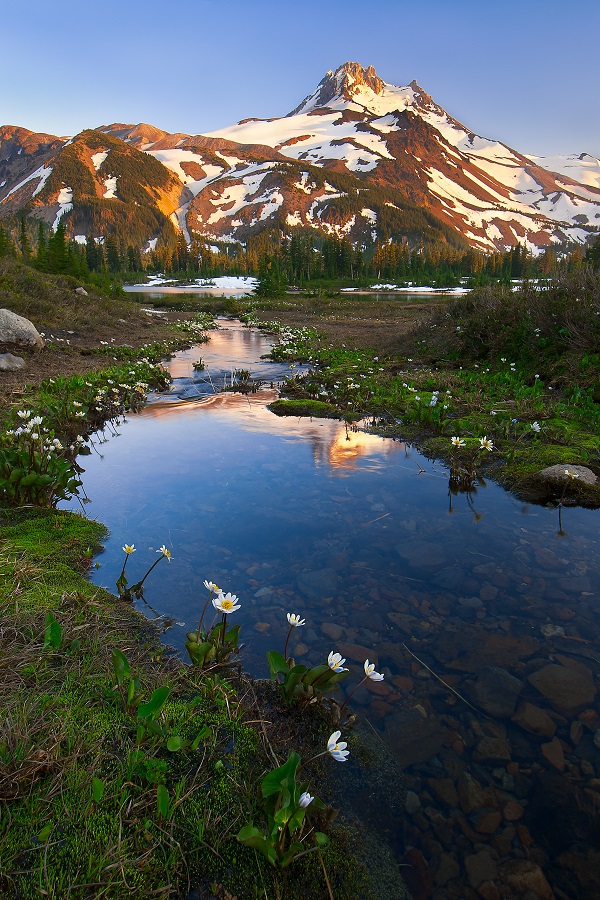
Here at Oregon Wild we love our Wilderness areas. We love that they provide an opportunity to explore, recreate, unwind, disconnect from our plugged-in stressful lives, and get some exercise in the process. We also appreciate that our Wilderness areas provide clean drinking water and store carbon.
Importantly, Wilderness is not just merely vital for people and recreation. Many animals, several of them threatened or endangered, rely on Wilderness because much of their habitat in Oregon has already been destroyed through logging and development. While these places may be spiritual refuges for us, they are literal refuges for the fish and wildlife that depend on old forests and unfragmented landscapes.

Adding to this mix is the fact that Oregon is experiencing growing pains. It’s evident in everything from our lack of affordable housing to overcrowding at trailheads on Mount Hood, in the Columbia River Gorge, Rim Drive at Crater Lake, Smith Rock, and places like the Three Sisters Wilderness.
Several trails in the central Cascades Wilderness areas have seen up to a 538% increase in visitors in just the past few years! Exacerbating the problem, Forest Service officials have reported hauling out 1,200 pounds of trash from the central Oregon Wilderness areas recently.
In order to help protect the Wilderness values cherished by people, and necessary for wildlife, the Forest Service is now accepting feeback on the difficult issue of how to address this increased use. Is the current level of use sustainable? How do we address a projected increase in future use? And what are the most appropriate solutions that balance recreation and conservation?
One solution offered by the Forest Service is a permit system for the central Cascades Wilderness trails and camping. This could include permits for all camping and hiking, or just a subset of trails in the Three Sisters, Mount Jefferson, Diamond Peak, Mount Washington, and Waldo Lake Wilderness areas. With the permit system comes a small fee for a reserved permit ahead of time or potentially getting a “day of” spot.
We don’t relish the idea of a permit system and imagine most Oregonians don’t either. However regrettably, a permit system may well be a necessary part of a long term sustainable recreation and trail system. It has been successful in other parts of the country as well as a few sites in the central Cascades. People have adapted. While it may be part of a smart solution, it doesn’t mean we have to like it.
Zach Urness at the Salem Statesman Journal has a breakdown of the various proposals. You can read our recommendations and send your own comment to: [email protected]. The comment period closes May 21.
Problems and Solutions
Are there other solutions or related problems we should be factoring in? Absolutely.

Despite our environmentally friendly reputation Oregon has protected only 4% of the entire state as Wilderness. This puts us way behind all neighbors (CA = 15%, WA = 10%, and ID = 10%). It’s been almost ten years since we last protected any new Wilderness in Oregon.
Oregonians clearly love to explore Wild places and Congress has failed to protect enough of them. Designating more Wilderness areas and/or managing more public lands as natural areas would provide more desirable landscapes for us to spread out and recreate, decreasing the impact on more sensitive landscapes. No one wants to hike or camp in Oregon’s many clearcuts.
However, the public also needs to step up, and there should be a concerted effort from not only the Forest Service, but also our fellow Wilderness explorers. Once upon a time we Oregonians were pretty good at minimizing our impact on our National Forests when recreating. The concept of “Leave No Trace” was well understood as was “pack it in, pack it out.” The thousands of pounds of trash being hauled out of our Wilderness areas today is evidence that we may need to revisit these principles.
The other elephant in the room is that while Congress provides generous funding to the Forest Service to plan logging projects, they provide pennies on the dollar for managing sustainable recreation - the work of maintaining trails, as well as building new trails and campgrounds. Until Congress corrects the funding imbalance and lack of protected areas, all other proposals will just be nibbling around the edges of the problem.
It’s 2018. It’s time for Congress and the Forest Service to start managing our public lands the way the public wishes they would; to protect clean water, recreational opportunities, and for wildlife habitat. Not just for logging, with recreation as an afterthought. It’s time the public demands this.

